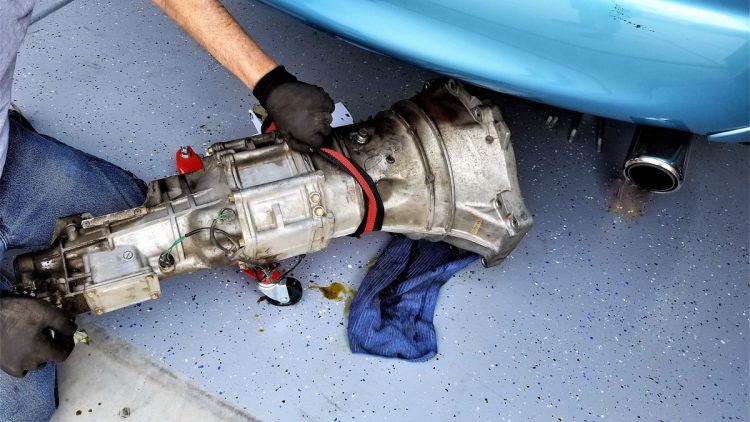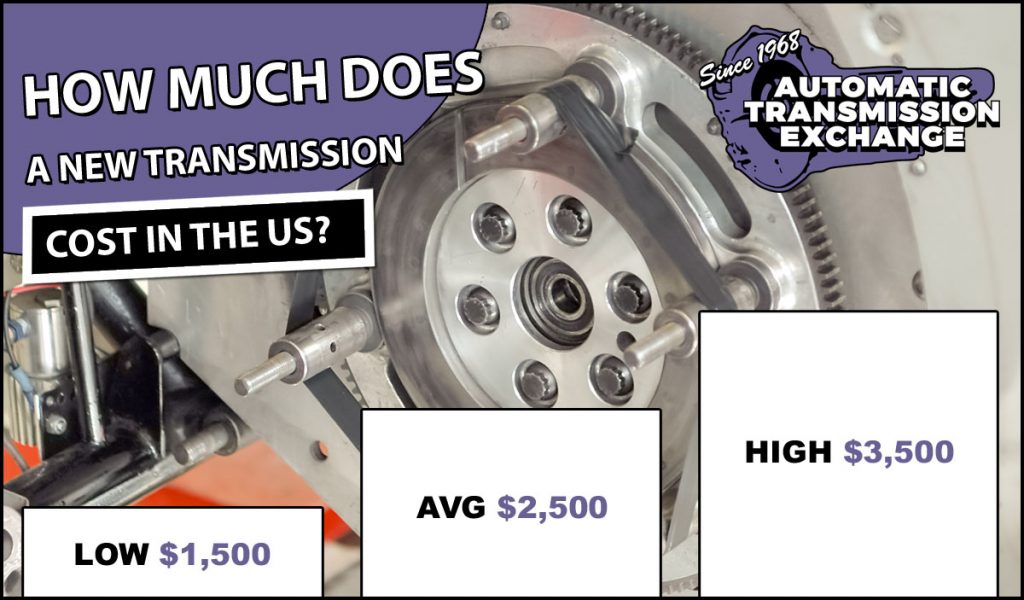What Transmission Do I Have? A Starter Guide on Transmissions
If you need to have your car’s transmission serviced or replaced, one of the first things you’ll be asked is, “What kind of transmission do you have?” The answer isn’t clear for a lot of drivers. Knowing what kind of transmission you have can help you make better choices about maintenance, prevent repairs that aren’t needed, and talk to transmission experts more clearly.
Why Your Transmission Type Matters
Different types of transmissions work in different ways and need different kinds of service. The parts, fluids, repair procedures, and costs might be very different for different types of transmissions. Knowing what you have helps make sure that the diagnosis and fixes are correct from the start.
Manual Transmissions
With a manual gearbox, the driver has to use a clutch pedal and gear shifter to change gears. They are less popular in current cars, but you can still find them in older cars, performance cars, and some trucks.
Most of the time, manual transmissions are easier to fix and cost less to fix. You have a manual transmission if your car has a clutch pedal and you change gears by hand.
Automatic Transmissions
Automatic transmissions that are traditional change gears on their own using hydraulic pressure and internal clutches. This is the sort of transmission that most American cars have.
People know that automatics are easy to use and work smoothly, but they are mechanically complicated. To keep performance up and avoid early failure, you need to change the fluids regularly.
Continuously Variable Transmissions (CVT)
There are no fixed gears in CVTs. They use belts and pulleys instead to make acceleration smooth. CVTs are used in a lot of new sedans, hybrids, and cars that get good gas mileage.
CVTs help save gas and make driving smoother, but they need particular fluids and maintenance. If your car speeds up without any obvious gear changes, it might have a CVT.
DCTs, or Dual Clutch Transmissions
A dual clutch transmission is a mix of a manual and an automatic system. They use two clutches to let you shift gears quickly and accurately without a clutch pedal.
They give cars rapid acceleration and dynamic handling. Because of their complicated design, they need professional service.
How to Identify Your Transmission
The best approach to find out what kind of transmission you have is to look in your owner’s handbook or the specs for your car. You can also find your car by its VIN or by calling a gearbox expert and giving them the brand, model, and year of your car.
Sometimes, the quickest method to make sure you know what kind of transmission you have is to have an expert check it out.
Transmission Service, Repair, & Replacement Services in Phoenix, AZ
We offer a full range of auto transmission repair and replacement services from automatic transmission to manual transmission to the entire Phoenix Metro area.
*Disclaimer – This is not an actual quote. Your transmission repair or replacement cost could be different than the prices you see on this guide. The only way to get an actual estimate is by searching for transmission repair and replacement shops near you. Contact Automatic Transmission Exchange if you are in the Phoenix area and need transmission repair or replacement.










